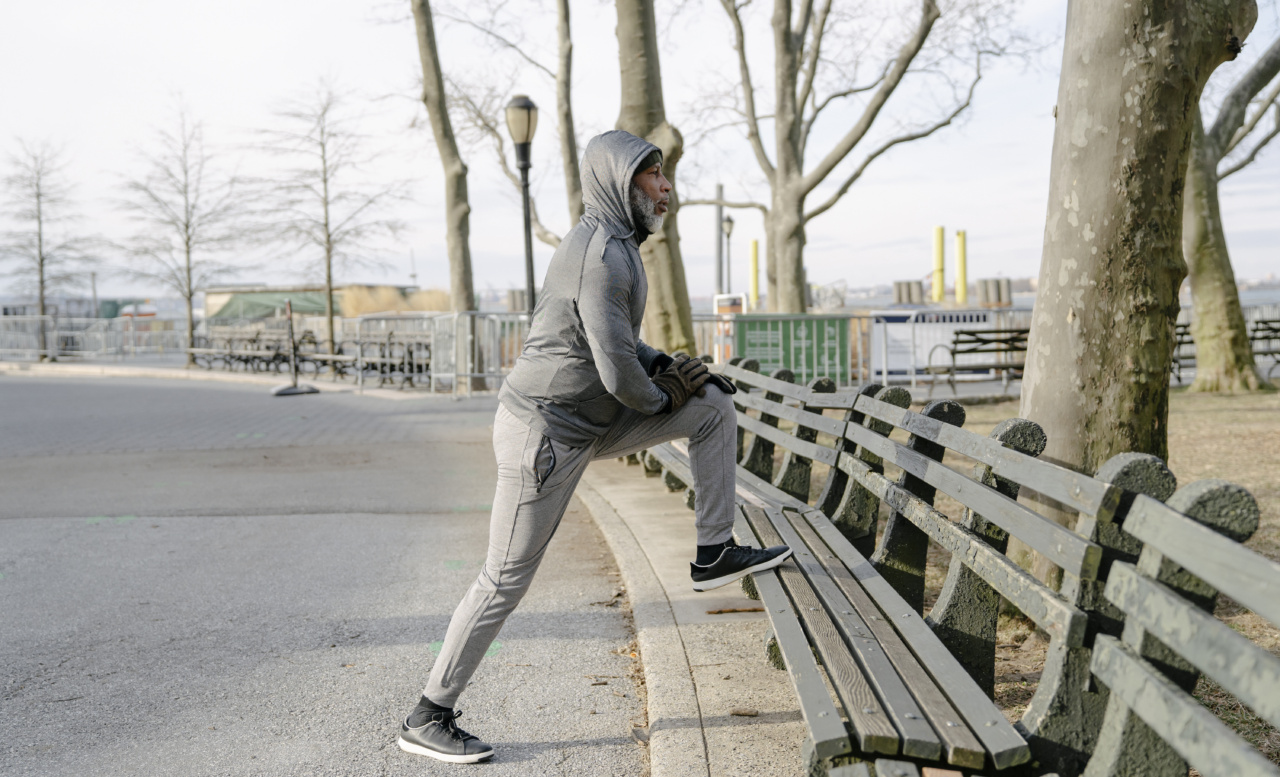As we age, it is crucial to prioritize fitness to maintain a healthy and active lifestyle. Regular exercise not only helps us stay physically fit but also improves mental well-being and overall quality of life.
However, it is important to understand that as our bodies change with age, our workout routines should adapt accordingly.
Factors to consider
Before jumping into a fitness regimen, it is essential to consider a few factors:.
Consultation with a healthcare professional
Before starting any new fitness program, it is advisable to consult a healthcare professional, especially if you have any pre-existing medical conditions or concerns.
Cardiovascular exercise
Engaging in regular cardiovascular exercise helps improve heart health, strengthens endurance, and burns calories. Some great options for cardio workouts include:.
1. Brisk walking
A simple yet effective workout, brisk walking can be done anywhere, anytime. Start with shorter durations and gradually increase your pace and distance.
2. Cycling
Cycling is a low-impact exercise that is gentle on the joints. It can be done outdoors or indoors on a stationary bike.
3. Swimming
Swimming is a whole-body workout that reduces stress on the joints while providing cardiovascular benefits. It is particularly beneficial for older adults due to its low-impact nature.
Strength training
Strength training becomes even more crucial as we age. It helps maintain muscle mass, which tends to decrease with age, and keeps bones strong. Here are some suitable strength training exercises:.
1. Bodyweight exercises
Exercises such as push-ups, squats, lunges, and planks use your body weight for resistance. These exercises can be modified according to each individual’s fitness level.
2. Resistance band workouts
Resistance bands provide a convenient and effective way to strengthen muscles without the need for heavy weights. They are particularly useful for individuals with joint issues.
3. Weightlifting
Weightlifting, under the guidance of a trained professional, can be incredibly beneficial for maintaining muscle mass and bone density. Start with lighter weights and gradually increase the load.
Flexibility exercises
Maintaining flexibility is crucial as it helps prevent injuries, improves balance, and enhances overall mobility. Incorporate the following exercises into your routine:.
1. Yoga
Yoga not only improves flexibility but also incorporates breathing techniques to reduce stress and improve mental well-being. There are specific yoga poses and classes designed for seniors.
2. Pilates
Pilates focuses on strengthening the core muscles, improving flexibility, and enhancing overall body alignment. It is a low-impact exercise suitable for individuals of all ages.
Balance and stability exercises
As we age, maintaining good balance and stability becomes increasingly important in preventing falls and injuries. Consider including the following exercises in your routine:.
1. Tai Chi
Tai Chi is a Chinese martial art that promotes balance, flexibility, and stability through slow and controlled movements. It is particularly beneficial for older adults.
2. Standing on one leg
A simple yet effective exercise, standing on one leg helps improve balance. Hold onto a chair or wall for support if needed.
Conclusion
As we age, prioritizing fitness becomes crucial for maintaining a healthy and fulfilling life.
By incorporating a variety of workouts, including cardiovascular exercises, strength training, flexibility exercises, and balance-focused activities, we can ensure that our bodies remain strong and resilient. Remember to always consult with a healthcare professional before starting any new fitness regimen and listen to your body’s needs. Stay active, stay healthy!.






























